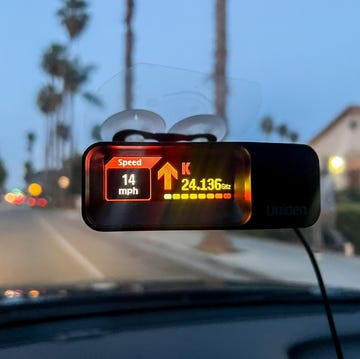Most of us would be hard-pressed to get through an entire day without charging our smartphone's battery at least once. And while some promising engineering developments might make that situation a little better, a full charge would still be on the order of days. Some batteries, like the one in the Oxford Electric Bell, can last a little longer. Like, a few decades shy of two centuries.
As explained by Sally Le Page on Tom Scott's fantastic YouTube channel, the battery was created in 1825, just 25 years after the modern battery was invented in 1800. Since then, it has been ping-ponging between its two bells for 176 years and shows no sign of stopping.
The mystery of this battery is exactly what's inside. We know that it is something called a "dry-pile" battery, a precursor to the modern "dry cell" battery that gains some of its longevity from using the smallest amount of liquid possible to sustain the chemical reaction needed to generate power. The paste and discs of metal that constitute this battery live in the two pipes above each bell, which form the terminal of the battery, with the voltage between them moving the metallic "clapper" that bounces around between the two bells.
The only way we'll find out what is inside for sure is when the battery ultimately dies and we can perform an autopsy on it to be sure there isn't any black magic or anything in there. But it's already gone for so very long, it's hard not to root for it to outlive us all.
Source: Tom Scott













